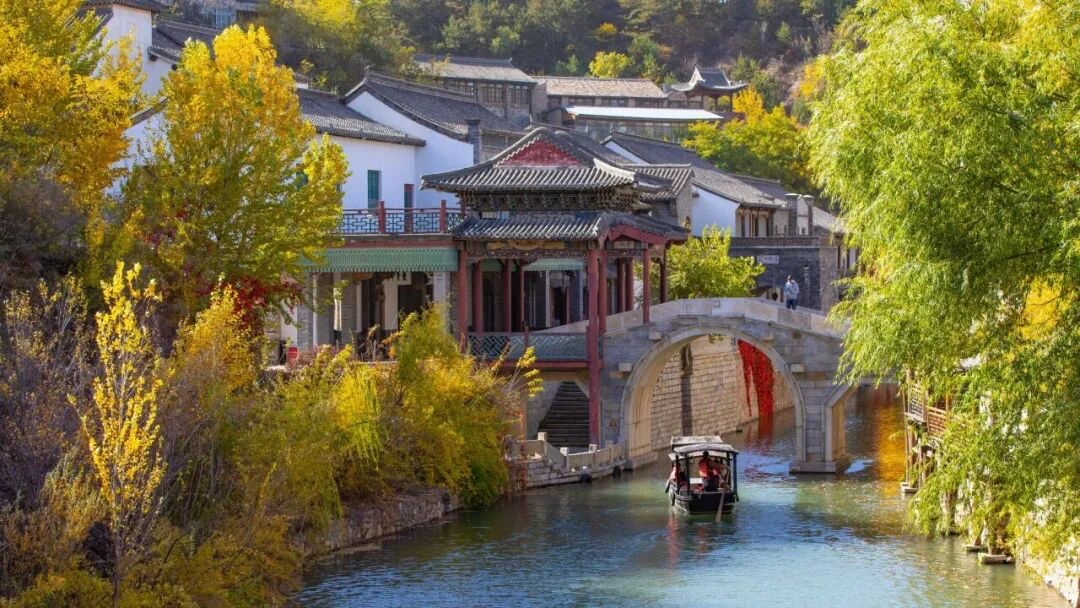
Liuli, or Chinese tradtional low-temperature colored glaze, is one firing materials mainly used in buildings like royal palaces, mausoleums, temples, monasteries and towers. With a long history, Chinese craftsmen have mastered various techniques of making Liuli with different distinctive designs, artistic features. Buildings made of Liuli are recognized as a synthesis of Chinese ceramics culture and traditional architectural culture.

Liuli was mainly produced in cites of Shanxi province, such as Taiyuan, Yangchen, Hejin and Jiexiu. Since the Wanli reign in Ming Dynasty, Liuli workshops had been set up in Taiyuan till now. Liuli produced in Kun Ming and Yong Chang were very well-known at that time too, with black, white, red, bright orange or green colors and were mainly in shape of chess pieces. Liuli workshops in Yangcheng was initially set up in Dongguan Villages in the Yuan Dynasty and then moved to Yao Village. Finally, its industry flourished in the Ming and Qing Dynasties. Helin Liuli originated from the Wanli reign of Ming Dynasty and was mainly produced in Eastern Yaotou Village and West Yaotou Village where Lv was the most famous producer. Jiexiu was the pioneer of Liuli making in Shanxi. As early as the Tang Dynasty, Jiexiu Liuli had been used in building temples.
A large number of ancient buildings including temples, palaces, mausoleums, temples, monasteries and towers that ever used Liuli can be found in Beijing, the capital city of Liao, Jin, Yuan, Ming and Qing Dynasties. In the Liao Dynasty, workshops were set up in Longquanwu Village of Mentougou District to maki Liuli. In the early Yuan Dynasty, the government set up a Liuli factory in Mentougou, known as the Official Kiln or Guan Yao or Xi Yao in Chinese. During the reign of Emperor Kangxi in Qing Dynast(1662~1722), Liuli plants were established, producing cups, bowls, bottles, plates and snuff boxes with more than 10 colors of transparency, ivory, cream, snow, pink, red, blue, purple, yellow, green and gold. Till the reign of Emperor Qianlong, the figure reached more than twenty. At that time, the use of Liuli, especially its specific color indicating rigid hierarchy, was strictly confined. Yellow exclusively used for emperors therefore yellow Liuli tiles could only be used on the imperial architectures. The roofs of princes’ palaces were built with green Liuli tiles and commoners were not allowed to use Liuli tiles.
Translator: ZHANG Ruochen
Reviewer: SHI Meiling



